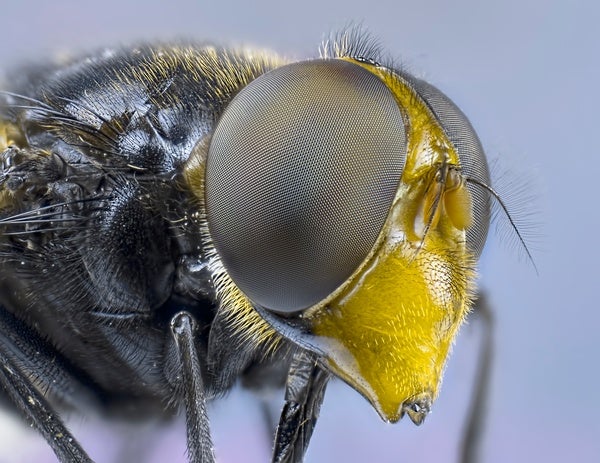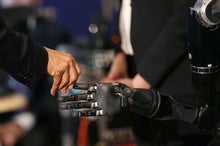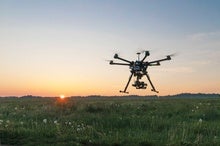 |
| April 26, 2022 |
Dear Reader,
A fly's large compound eyes take in a lot of information, which means the insect's brain must excel at distinguishing relevant signals—such as an incoming flyswatter—from noise. Now researchers have used that ability as the inspiration for an algorithm that could help them detect elusive drones. |
| | Sophie Bushwick, Associate Editor, Technology
| |
 |
| |
| |
| |
| |
| |
| |
| Quantum Computing How to Fix Quantum Computing Bugs The same physics that makes quantum computers powerful also makes them finicky. New techniques aim to correct errors faster than they can build up | | | | |
| |
| |
FROM THE STORE
 | | | |
| QUOTE OF THE DAY
 "Thanks to energy stored in their front leg joints, the males of a species of orb-weaving spiders called Philoponella prominens can catapult themselves off of a ravenous mate in a split second." Jack Tamisiea, Scientific American | |
| |
FROM THE ARCHIVE
 | | | |
LATEST ISSUES
 |
| |
| Questions? Comments?  | |
| Download the Scientific American App |
| |
| |
























